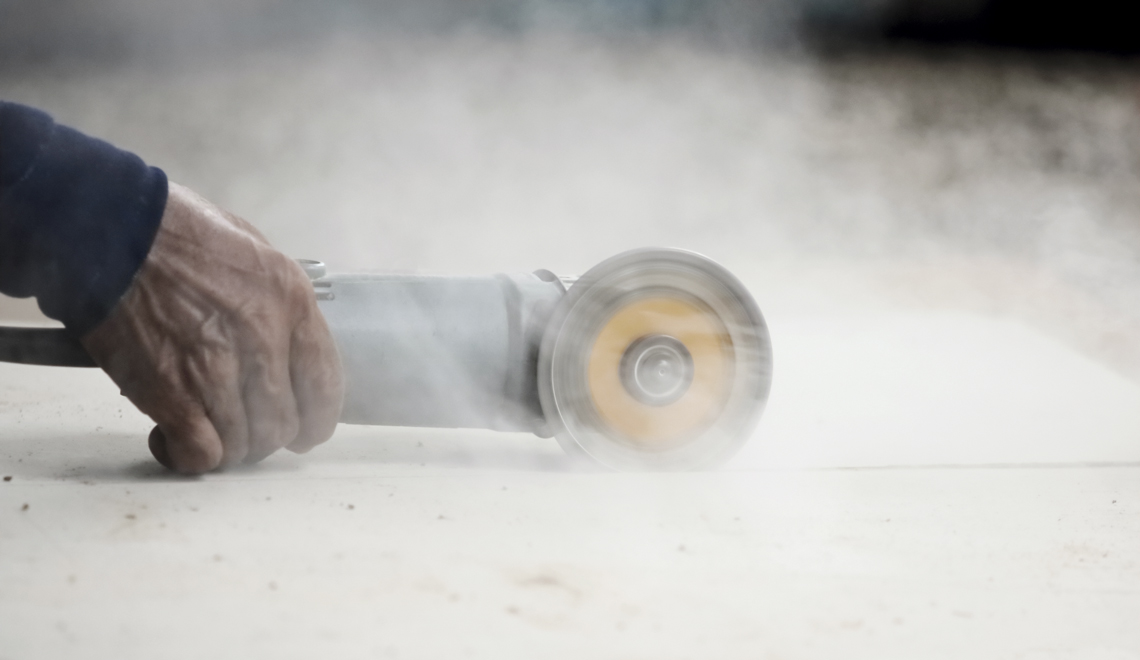A highly aggressive form of a lung disease called silicosis has been observed in workers who cut, sand, and polish artificial quartz used in kitchen sinks and countertops. Produced in Brazil by crushing quartz and a mixture with resins, polymers, and pigments, this artificial stone contains 3 to 30 times more silica (SiO2) than natural stone products made from granite or marble. The production process releases a fine silica dust, which, when inhaled, accumulates in the lungs and causes scarring. Over time, the lungs become hardened, making it difficult to breathe. There is no efficient treatment for silicosis, which can require a lung transplant in severe cases. In the USA, the first case of silicosis associated with the manufacture of artificial quartz was recorded in Texas in 2014, with 18 other cases identified between 2015 and 2019. A team from the University of California, San Francisco reported on 52 cases of silicosis among engineered stone industry workers in California between 2019 and 2022. The people with silicosis had spent 10 to 20 years working in the sector and were diagnosed at between 40 and 50 years of age. Almost half (48%) continued working in the area after finding out they had the disease. Diagnosis was late in 58% of cases, initially confused with tuberculosis or pneumonia. Eleven patients were referred for transplants, but only three were successful. For six, the procedure was denied, and one died before joining the waiting list (JAMA Internal Medicine, July 24).
RepublishMedicine
The lethal dust of artificial stones

Dust formed by fine particles of silica causes aggressive disease
Tuaindeed / Getty Images

